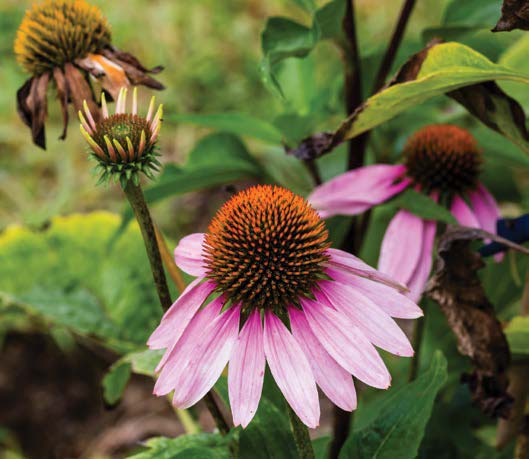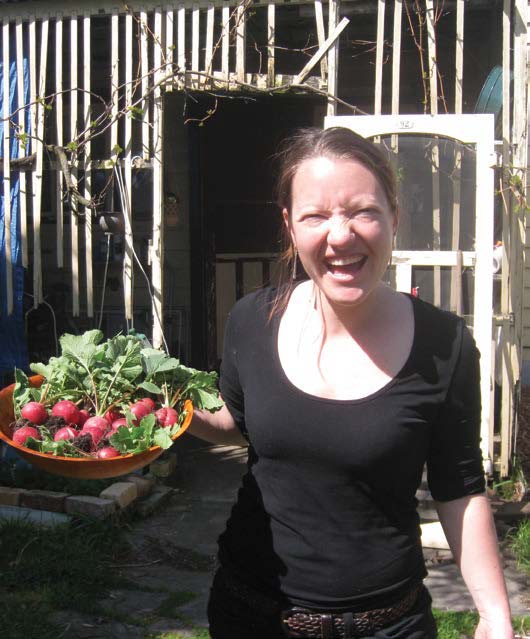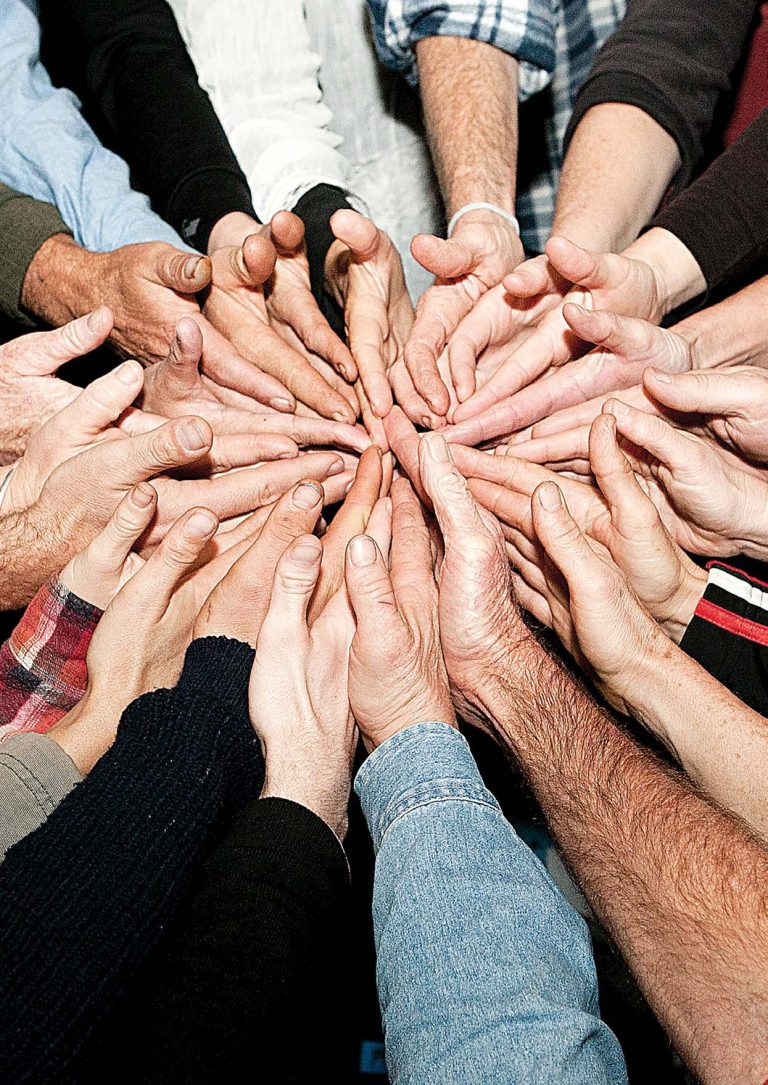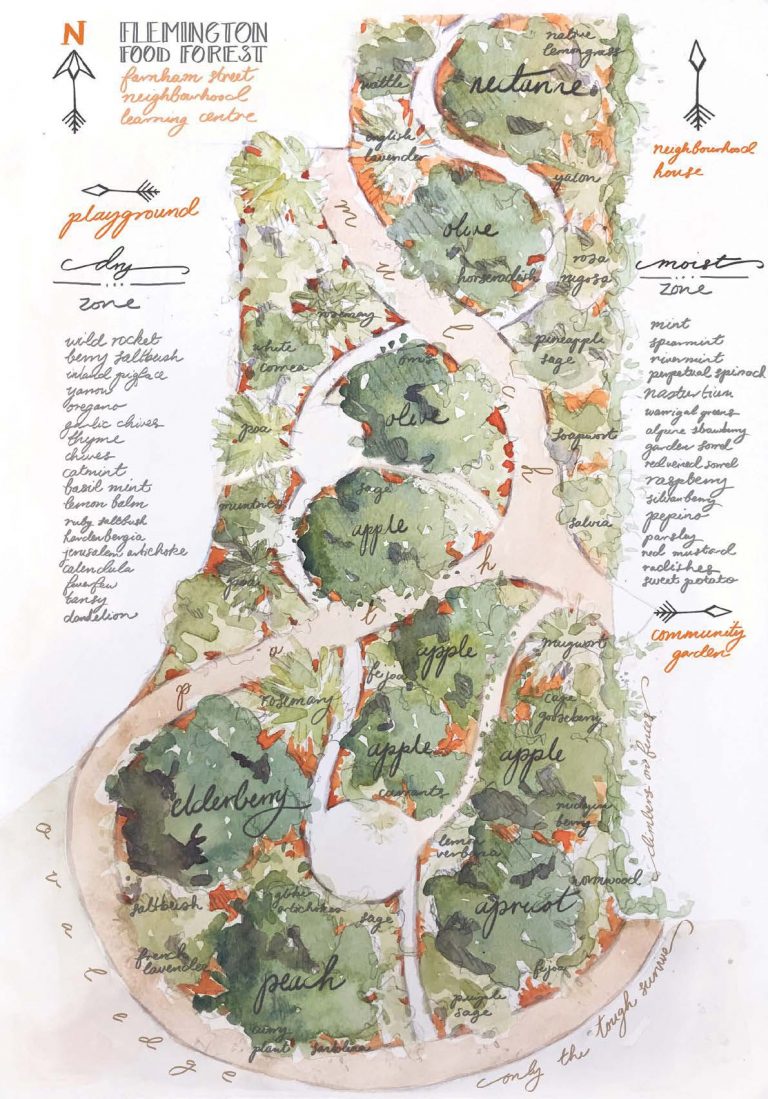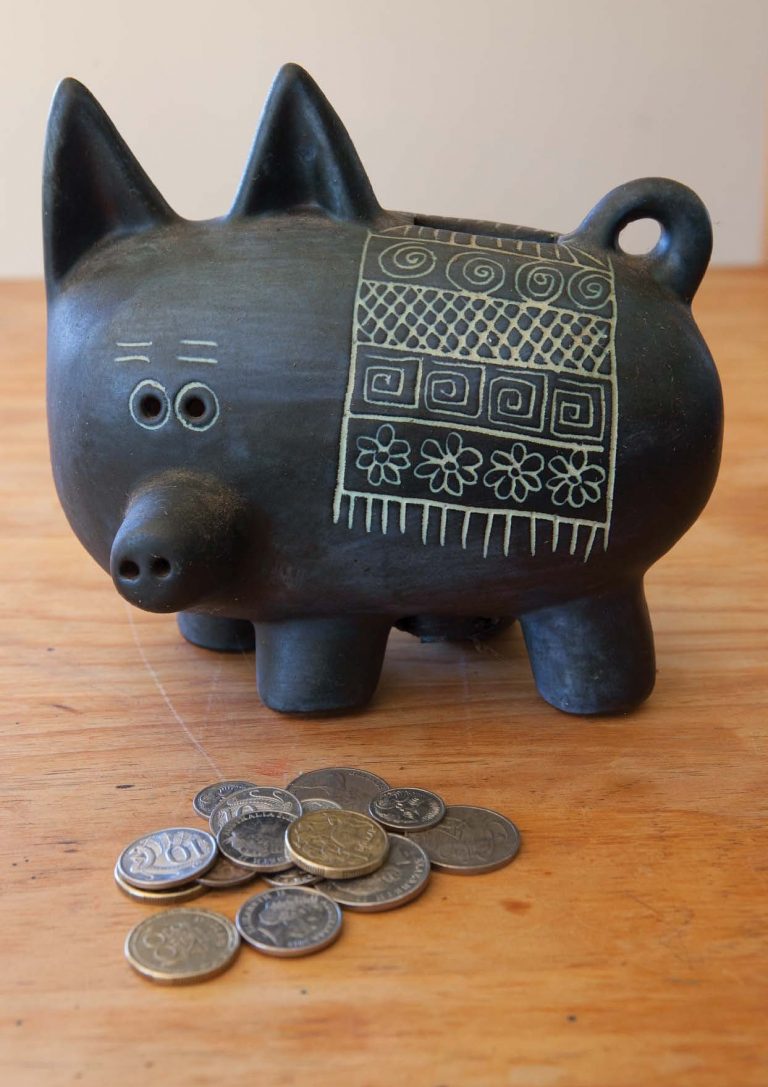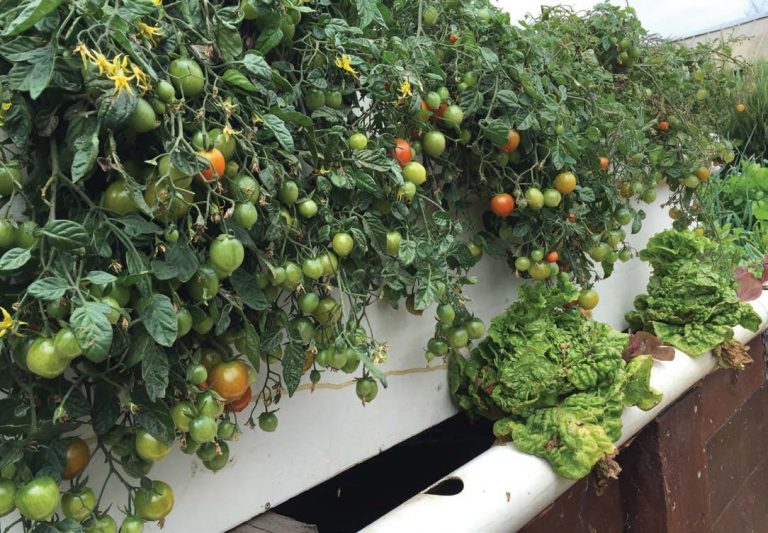Pip Picks: Things We Like
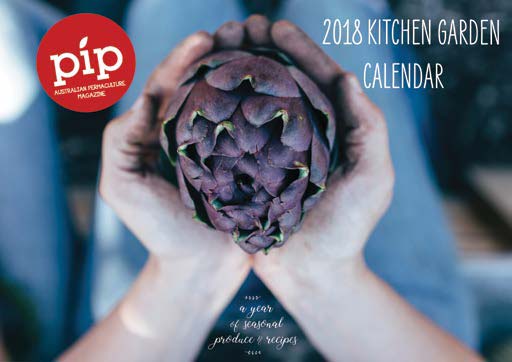
Think twice about what your wetsuit is made from before you purchase a new one, and replace a petroleum- based material with a plant-based one. Patagonia’s high-performance, neoprene-free wetsuit is made of 85% Yulex. natural rubber, derived from sources that are Forest Stewardship Council. certified by the Rainforest Alliance and lined with recycled polyester jersey. They offer the same warmth and performance attributes as conventional stretch neoprene, while reducing CO2 emissions by up to 80% in the manufacturing process.
From $118 www.patagonia.com.au


